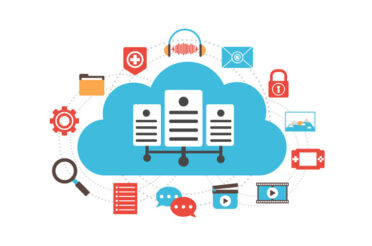Every organisation will need to expand its operations and begin scaling up at some point. When this happens, complexity is introduced to every area of the business, not least of which is your network. As out networks and their infrastructure expand, we leave ourselves increasingly more vulnerable to risks coming from:
-
Data breaches and theft by cybercriminals
-
Loss of data due to careless or malicious insiders
-
Cyberattacks by hacktivists and political actors.
Not addressing these risks is no longer an option when the general public and governments now hold us to far higher standards than they ever did in the past. The costs of a security incident can quickly become crippling when we consider:
-
Large fines from Australia’s MNDB regulations and the EU’s GDPR
-
Brand damage and loss of trust with valuable customers
-
Potential legal/career repercussions for senior executives and board members
But the collaborative digital workplaces we need to provide our employees with means a fast vanishing perimeter compared to what existed previously. Where Wi-Fi networks were once contained within building and behind security passes, these networks can now extend into parking lots, across streets, and into another building.
BYOD (Bring Your Own Device) is not a new trend, but the number of devices to be considered is always growing. As more of our workforce becomes mobile, we leave open the door for malware to walk in and out of our building. Employees can unwittingly unlock the door for cybercriminals while they use the same devices for both personal and business purposes, and then attach these dvices to corporate networks.
Enterprise applications are increasingly consumed from the cloud, and that trend is set to continue. Because they often bypass the traditional network completely by connecting straight to the internet, cloud applications and processes are difficult to secure using perimeter-based technologies. Even less secure are the thousands upon millions of IoT (internet of Things) devices that enterprises are set to begin rolling out in the next few years.
When you can no longer define your security perimeter physically, and when threats can now enter from inside your physical perimeter, the old models of security are quickly becoming outdated. Siloed protection is no longer enough, as we now need security protection to be built into the network infrastructure itself to integrate network access, device, and user management.
What is required is an an enterprise security framework that gives security and IT teams an integrated way to gain back visibility and control. Aruba has developed just such a framework that allows organisations to:
-
detect gestating attacks with machine-learned intelligence
-
proactively respond to these advanced cyberattacks across any infrastructure
-
leverage enterprise scale to protect millions of users and devices
-
secure vast amounts of distributed data.
Starting with core security capabilities embedded in the foundation of all of Aruba’s Wi-Fi access points (APs), switches, routers and controllers, Aruba builds on this foundation by integrating IntroSpect Machine Learning-based attack detection with access control systems like Aruba ClearPass in an open, multi-vendor platform. With the Aruba 360 Secure Fabric, security teams can now develop a seamless path from user and device discovery and access, to analytics-driven attack detection and response – based on policies set by the organisation.
About the author
As the Managing Director of Aryon, my team and I are here to reduce the complexity for organisations who want to take advantage of next-generation networks, infrastructure and workforce technology. If you would like to discuss how your organisation can take advantage of new digital networks, infrastructure and technology without the added stress, please feel free to get in touch with me at dean.bartlett@116.90.41.25.







